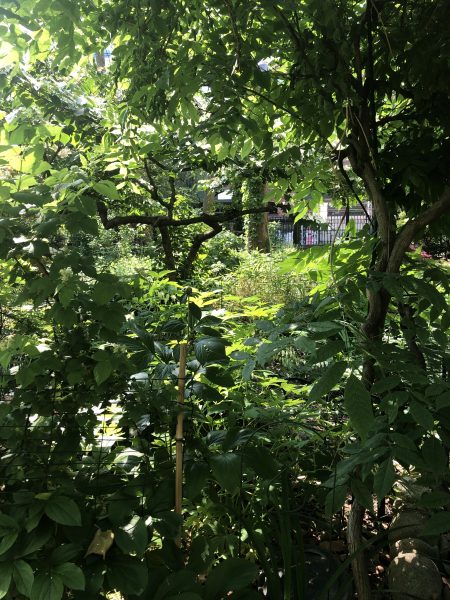From Fast Company‘s site (with thanks to GreenMap System):
Planting trees is an incredibly cheap and simple way to improve the well-being of people in a city. A novel idea: Public health institutions should be financing urban greenery to support well-being and air quality.
The Nature Conservancy: “Trees are sustainability power tools: They clean and cool the air, regulate temperatures, counteract the urban “heat island” effect, and support water quality and manage flow. Yes, they look pretty, but they also deliver measurable mental and physical health benefits to concrete-fatigued city dwellers.”
“Diversifying funding sources for urban greenery–and casting trees as a health investment–could also begin to close the socioeconomic gap in access to parks and green space, too. A 2013 UC Berkeley study found that compared to white people, black people were 52% more likely to live in sparsely shaded, and consequently, much hotter, parts of the city, and have less access to green spaces. While initiatives like New York City’s Million Trees NYC have made a concerted effort to create more equity when it comes to green space in the city, often, trees are added to neighborhoods only at the behest of community groups. Those with more financial resources, McDonald says, are often more likely to make and be granted those requests.”
“Kaiser Permanente, a large insurer in Northern California, announced last year a $2 million investment in public parks in low-income communities in the Bay Area.”

